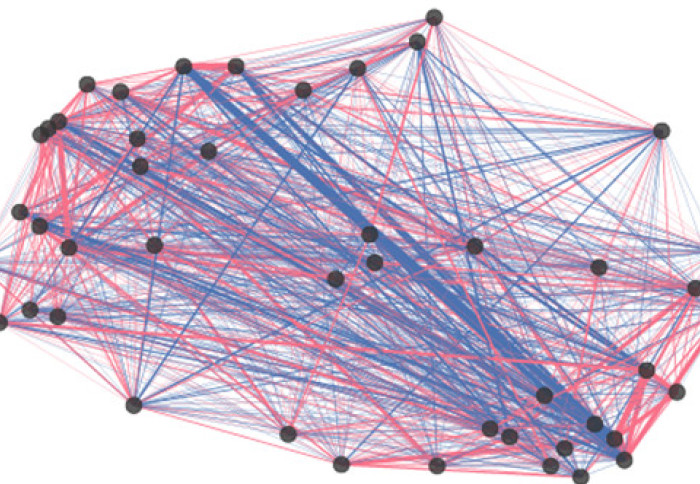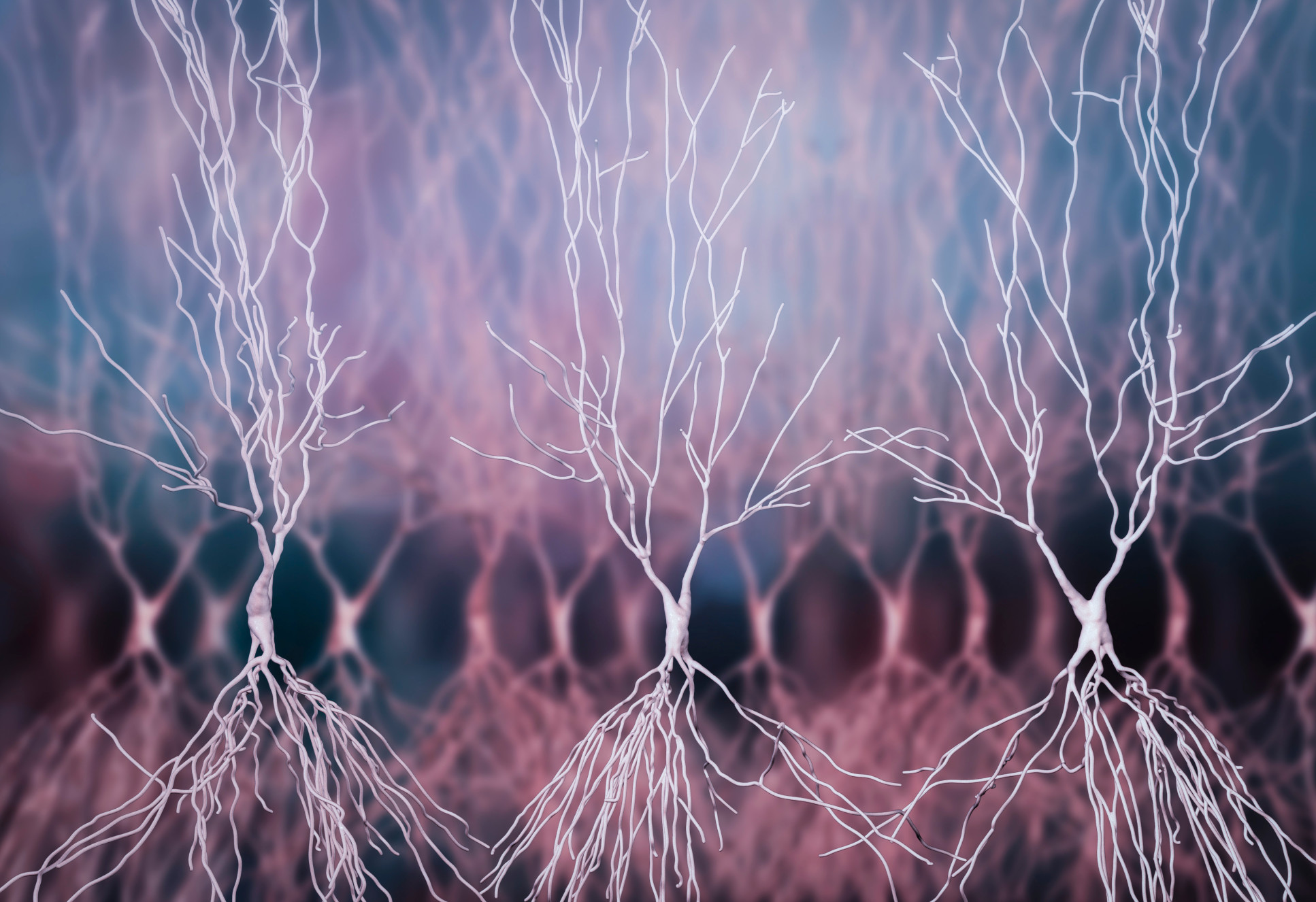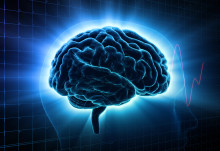
The coactivation structure of hippocampal neurons. Each node represents one neuron. (Giuseppe P. Gava et al.)

Oxford and Imperial researchers have mapped how the structure of existing memories is reorganised as new experiences are committed to memory in mice.
They found that brain architecture is sophisticated enough to integrate new information while allowing new and old memories to interact, rather than having to forget old experiences to make room for new ones.
In a study published in Nature Neuroscience, the team from the University of Oxford and Imperial College London devised an experiment using graph theory – mathematical structures that model relationships between objects – to study how mice integrate memories.
By viewing memory from an engineering and mathematical point of view, we were able to tease out insights that would not have been possible based on a traditional approach to the study of memory. Professor Simon Schultz Department of Bioengineering
They set up a task in which mice learned that a particular compartment in a new environment contained sugar. The mice also explored a familiar environment before and after forming this new association between particular places and reward.
This allowed the scientists to observe how the laying down of the new memory affected the patterns of co-activity among neurons in the hippocampus, a brain area that plays a major role in learning and memory. They found that the network structure describing the patterns of coordinated neuron firing (co-activity) that occur when old memories are recalled in the hippocampus changed as the mice embedded new memories.
The team also found that during learning, the patterns of co-activity among neurons unfolded along particular directions in the ‘neuronal activity space’. This showed that 'newness’, spatial location, and reward experience were key factors involved in the process of integrating new memories. They also discovered that high-activity cells formed the core of each memory, while low-activity cells contributed to the patterns of co-activity ‘on demand’ throughout behavioural events, in order to segregate individual experiences.

This finding highlights an important division of labour among hippocampal neurons. Lead researcher Professor David Dupret at the University of Oxford said: “This research sheds new light on the network mechanisms underlying the continual storage and recall of multiple memories in the hippocampus. Neuroscientists are now implementing new methods, such as in vivo imaging, to monitor large-scale neuronal populations over days and weeks of learning experience, to understand more about this process.”
The research gives us a new way to look at the network mechanisms underlying the storage and recall of multiple memories in the hippocampus. Study co-author Professor Simon Schultz from Imperial’s Department of Bioengineering said: "This research highlights the value of an interdisciplinary approach to understanding the brain – by viewing memory from an engineering and mathematical point of view, we were able to tease out insights that would not have been possible based on a traditional approach to the study of memory.”
Neuroscientists are now designing and probing new ways of monitoring large-scale neuronal networks over time, and are also interested in the effect of ageing on the way new memories are stored.
This research was funded by the Medical Research Council and the Engineering and Physical Sciences Research Council.
This story was adapted from a press release by the University of Oxford.
"Integrating new memories into the hippocampal network activity space" by Giuseppe P. Gava et al., published 18 February 2021 in Nature Neuroscience.
Supporters


Article text (excluding photos or graphics) © Imperial College London.
Photos and graphics subject to third party copyright used with permission or © Imperial College London.
Reporter
Caroline Brogan
Communications Division

Contact details
Tel: +44 (0)20 7594 3415
Email: caroline.brogan@imperial.ac.uk
Show all stories by this author




Leave a comment
Your comment may be published, displaying your name as you provide it, unless you request otherwise. Your contact details will never be published.